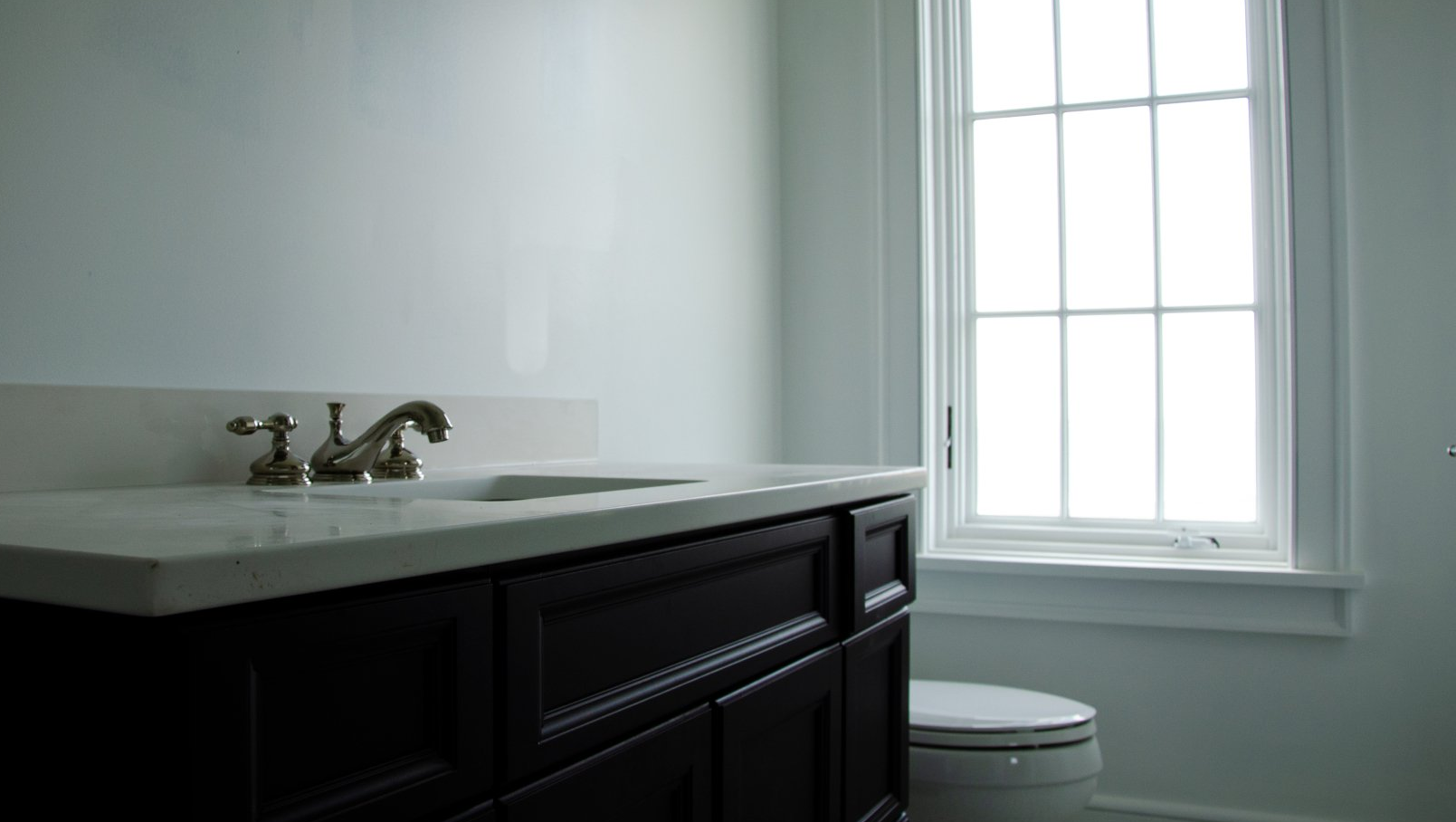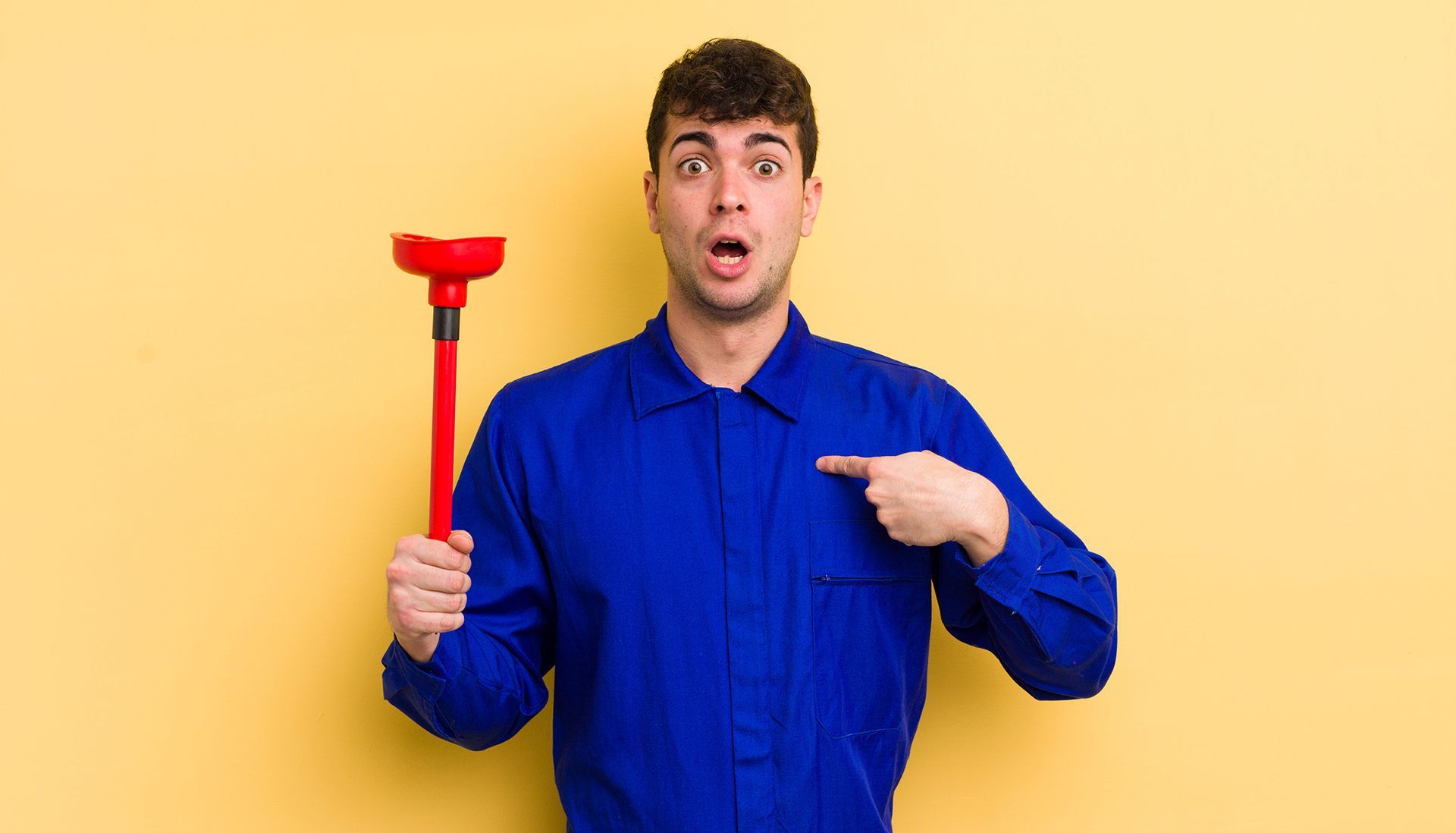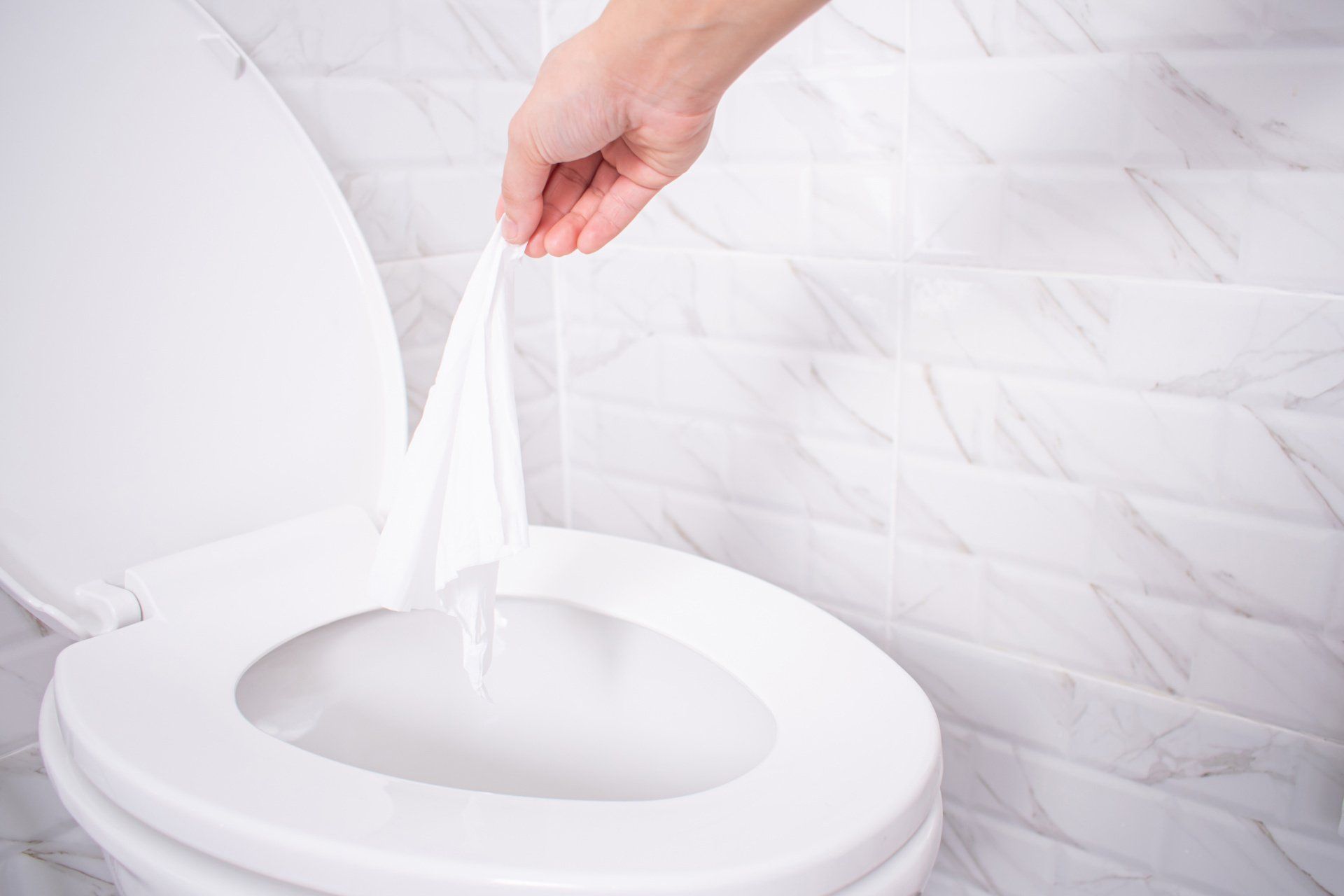The Basics of the Plumbing Snake
March 12, 2021
The Basics of the Plumbing Snake

When you think about plumbing tools a lot of images come to mind. Maybe you think of a plunger or a plumber’s wrench. Maybe it’s a bottle of drain cleaner. One of the most popular plumbing tools is the legendary plumbing snake. It’s also one of the most misunderstood tools in a plumber’s toolbox with many questions and misconceptions about is use. With that in mind, here are the basics of the plumbing snake to better help you understand this helpful guy.
What is a Plumbing Snake?
Commonly referred to as a drain auger or drain snake, the plumbing snake is a length of flexible metal cable that has a rotating cone-shaped bit on the end of it. Both the do-it-yourselfer and professional plumbers looking to get into pipes and remove clogs or blockages use this incredible tool. Basically it’s the next step after the plunger because of its flexibility and the ease with which it let’s you navigate pipes.
How Do You Use a Plumbing Snake?
Using a plumbing snake is a matter of feeding the snake through the pipe until you reach the clog and pulling it out. It’s important to turn the snake as you push, creating a push and twist motion as your feed it into the pipe. The snake should stop when you find the clog, at which point you should pull it out gently, repeating as necessary, and finishing up by running water through the cleared pipe.
When Should You Use a Plumbing Snake?
If you have a clog that the plunger won’t clear then it’s time to turn to the plumbing snake. Whether the clog is in the toilet, sink, or other source like an AC drainage pipe, the snake presents a great middle ground option before turning to a professional drain cleaning. That said, sometimes the clogs you’re dealing with are just too much for you to handle. In the event you are having doubts about your ability to deal with the clog with a plumbing snake, don’t hesitate to call in the pros. Professional plumbers are highly skilled and experienced, enabling them to get that snake to fix clogs that may seem impossible to you.
Your Plumbing Problems Don’t Stop
We know that this is a time of great uncertainty. We also know that plumbing problems never really stop, so our team is doing everything we can to respond to your needs while keeping everyone well and safe. If you have plumbing problems or questions, contact us today.
You might also like

In today's world, where environmental sustainability is becoming increasingly important, homeowners are seeking ways to make their homes more eco-friendly. While plumbin g may not be the first thing that comes to mind when thinking about energy efficiency, it plays a significant role in creating a greener home. In this blog post, we will explore energy-saving plumbing solutions that can help you reduce water waste, conserve energy, and make your home more environmentally friendly. I. Low-Flow Fixtures: One of the easiest and most effective ways to conserve water is by installing low-flow fixtures throughout your home. Low-flow faucets, showerheads, and toilets are designed to use significantly less water without sacrificing performance. These fixtures can reduce water consumption by up to 50% compared to traditional ones. Upgrading to low-flow fixtures is a cost-effective solution that not only helps the environment but also lowers your water bills. II. Water-Efficient Appliances: Another plumbing solution that can contribute to energy savings is opting for water-efficient appliances. Choosing appliances, such as dishwashers and washing machines, with a high Energy Star rating ensures that they use less water and energy with each use. These appliances are designed to operate efficiently while still providing excellent performance. Upgrading to water-efficient appliances not only reduces your environmental footprint but also helps you save on your utility bills in the long run. III. Efficient Water Heater: Your water heater can account for a significant portion of your overall energy consumption. To improve energy efficiency, consider installing a tankless or on-demand water heater. These systems heat water only when it is needed, eliminating the standby heat loss associated with traditional tank-style heaters. Tankless water heaters provide hot water on demand, reducing energy waste and ensuring you never run out of hot water. Additionally, insulating your water heater and pipes can further improve energy efficiency by minimizing heat loss. IV. Greywater Recycling: Greywater recycling is a sustainable plumbing solution that involves reusing water from sinks, showers, and laundry for non-potable purposes such as irrigation or toilet flushing. By diverting greywater, you can significantly reduce water consumption and minimize the strain on freshwater resources. Implementing a greywater recycling system requires professional expertise, but it can offer substantial long-term benefits for both the environment and your water bills. V. Rainwater Harvesting: Harvesting rainwater is an effective way to conserve water and reduce reliance on municipal water supplies. Installing rain barrels or a more elaborate rainwater harvesting system allows you to collect rainwater from your roof, which can then be used for outdoor irrigation or other non-potable purposes. Utilizing rainwater reduces the strain on municipal water sources during dry spells and contributes to water conservation efforts. VI. Regular Maintenance: Regular plumbing maintenance is essential for maximizing energy efficiency and preventing water waste. Inspect your plumbing system for leaks, dripping faucets, or running toilets and fix any issues promptly. These seemingly minor issues can waste significant amounts of water and increase energy usage over time. Conclusion: By implementing these energy-saving plumbing solutions, you can create a greener and more sustainable home while also reducing utility bills. Consulting with a professional plumber for advice on low-flow fixtures, water-efficient appliances, and other eco-friendly options tailored to your home's needs is highly recommended. Embracing these energy-saving plumbing solutions not only benefits the environment but also enhances your comfort, lowers your expenses, and contributes to a more sustainable future.


